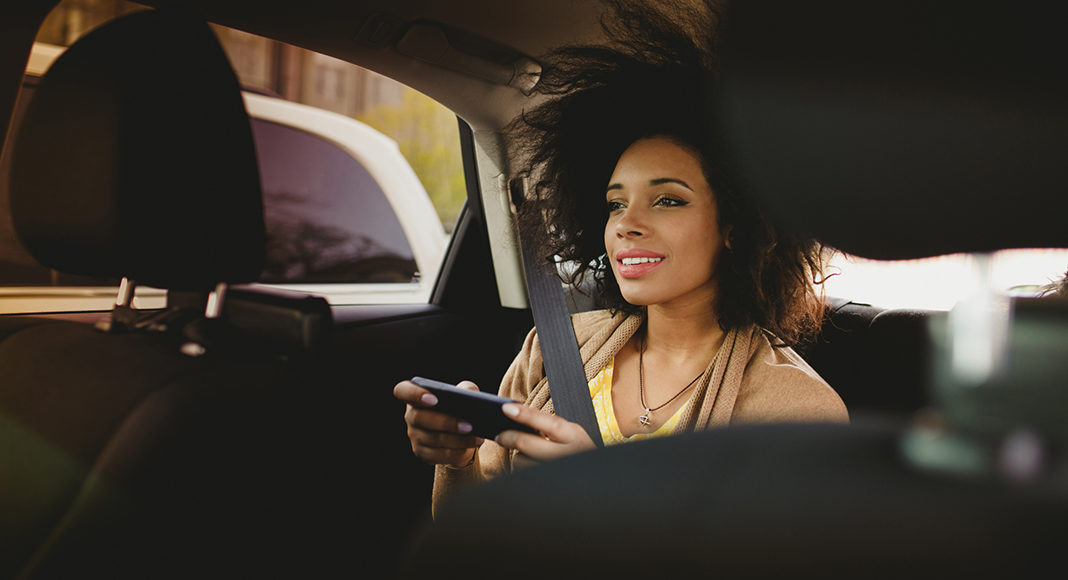More sophisticated restraint systems are needed in the back seats of cars, according to new research by the Insurance Institute for Highway Safety (IIHS).
A study of frontal crashes in which belted rear-seat passengers were killed or seriously injured found that, while front seat occupants have benefited from advancements in restraints (airbags and seat belts, that work together in a crash), rear-seat occupants havenât benefited from the same technology.
When IIHS first examined rear-seat injuries and fatalities in 2014 (Laying the groundwork for safety improvements for back-seat occupants), researchers found that failing to buckle up was a large factor; but even when belted, many older adults and children over age nine suffered injuries.
The new study evaluates the specific types of injuries belted back-seat passengers age six or older sustained in front crashes. The information will be used by IIHS to develop a new frontal crash test that will evaluate occupant protection in the rear as well as the front.
âManufacturers have put a lot of work into improving protection for drivers and front-seat passengers. Our moderate overlap front crash test and, more recently, our driver-side and passenger-side small overlap front tests are a big reason why,â said IIHS President David Harkey. âWe hope a new evaluation will spur similar progress in the back seat.â
In explaining what happens during a crash, IIHS said that in a frontal collision front seat belts tighten around the occupants, a result of embedded devices called crash tensioners. At the same time, the front airbags deploy within a fraction of a second. Side airbags may deploy too.
The tightened seat belts and deployed airbags keep the front-seat occupants away from the steering wheel, instrument panel and other structure when the vehicle stops abruptly, even if the force of the crash pushes that structure inward. Front seat belts also have force limiters, which allow some webbing to spool out before forces from the belt get too high.
In the back of a car, side airbags protect passengers in a side crash, but there are no front airbags, and the seat belts generally lack crash tensioners and force limiters.



















